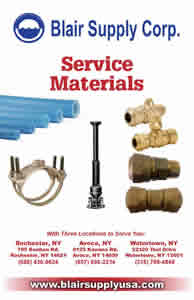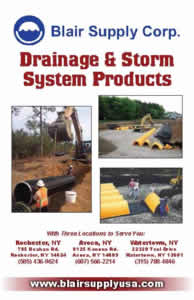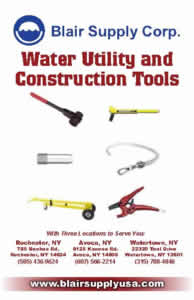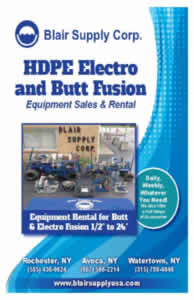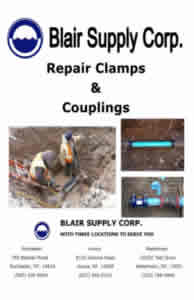Blog
All About Pinhole Leaks in Municipal Water Systems
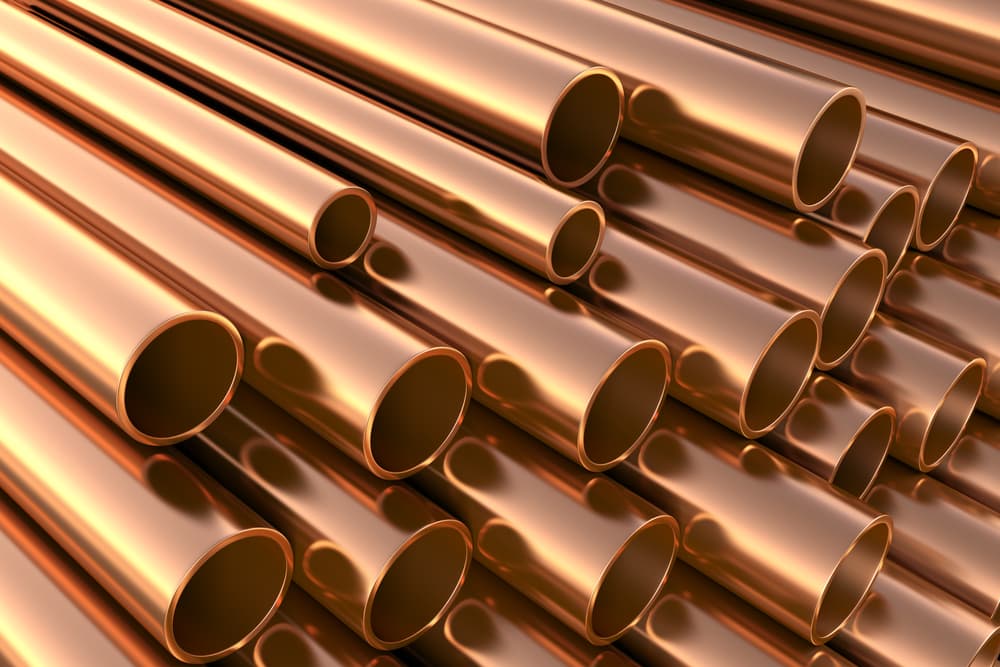
Pinhole leaks are a common problem in copper pipes that are used in municipal water systems across the U.S. Since pitting corrosion and pinhole leaks can be extremely frustrating and inconvenient for residential and commercial property owners, pipe repair specialists need to propose and implement swift and appropriate solutions to get the situation under control.
With adequate equipment, such as quality Hymax repair clamps and other tools from industry-leading manufacturers, pinhole leaks can be effectively and efficiently addressed. Keep on reading to find out why pinhole leaks occur and what the suitable pipe repair options are.
What is a pinhole leak?
Pinhole leaks happen when corrosion develops inside copper pipes and eats its way through to the outside. These leaks are typically small and pore-like, which is why they are referred to as “pinhole” leaks. If a copper pipe develops pinhole leaks, they may be gradual at first, but the amount of water loss may intensify if the damage gets more severe.
Pinhole leaks are not as common as some other types of pipe cracks, as they only happen in copper pipes and their occurrence tends to be rare. Either way, there have been cases in which pinhole leaks have plagued entire municipal water systems, causing extensive damage and prolonged downtime. Unfortunately, a single pinhole leak may indicate widespread failure in the piping. This is why prompt and comprehensive action is required if any signs of pinhole leaks are detected in the copper piping system.
What are the causes of pinhole leaks?
There is one primary reason why copper pipes may develop premature pinhole leaks and it has to do with the composition of the water that flows through the system. According to the Water Systems Council, the ideal pH value of the water running through a municipal water system falls in the 6.5-8.5 range. The neutral pH value for water is 7. If the water has a pH value below 7, it will be considered acidic, while water with a value greater than 7 will be considered basic.
If the water flowing through a water system has an acidic pH value that is lower than 6.7, it may cause the copper pipes to develop pinhole leaks. This happens when acidic water flows through the copper pipes causing internal pitting that creates pinhole leaks once it penetrates the copper entirely. The older the installed copper pipes, the more likely they will be to develop pinhole leaks.
How do you fix a pinhole leak?
The exact repair procedure used to address pinhole leaks will depend on the severity of the issue and the specific requirements of the situation. Some common materials used to repair pinhole leaks in copper include pipe repair clamps, hose clamps, c-clamps, and epoxy. Most of these repair options offer a temporary solution to the pipe leak, especially if the pinhole leaks are numerous and widespread. In many cases, the only way to resolve the pinhole leak issue is to have the copper pipes replaced.
Explore our selection of quality Hymax repair clamps and much more
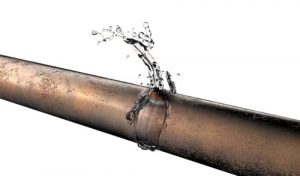
In addition to distributing top-quality products from our three warehouses across Jefferson County, Monroe County, and Steuben County, we also offer convenient and affordable nationwide shipping of all our short- and long-term pipe repair and replacement products. Get in touch with Blair Supply Corp. today.

